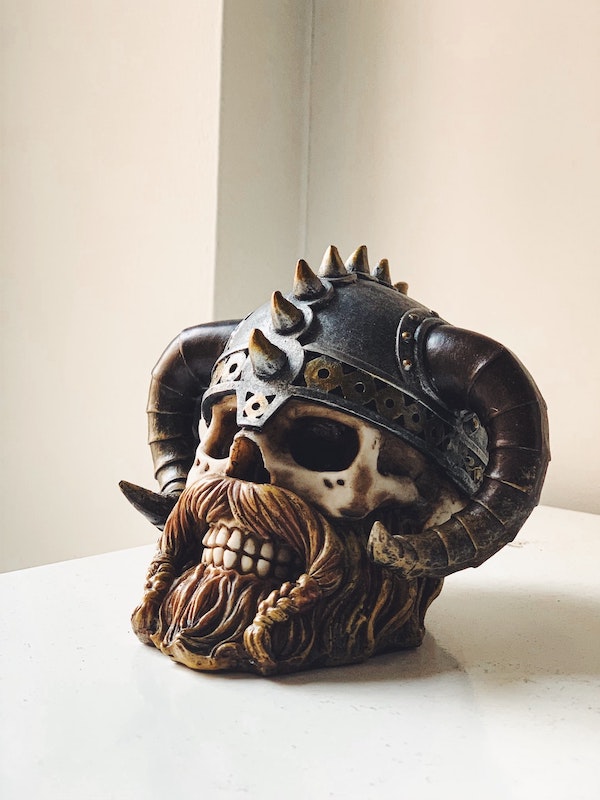Are you an individual with a love of travel? You’re likely constantly seeking information on different countries and their cultures. You likely also have a love of history, both your own and that of others.
With that in mind, you may have read about or heard talk of the Viking culture. In fact, you may even have some prior knowledge of it. However, did you know that the Viking culture was one of the beginnings of the spread of the historic European nations?
Indeed, it is a culture with a history going back hundreds of years. Although the origins of Viking culture are a bit mysterious,
You’ve got a love of travel. Along with a love of history, this article will provide you with insights into Viking culture. You’ll learn about its origins and historic timeline, as well as some of its most interesting aspects.
Let’s explore Viking history and culture!

The Origins of the Viking People
The Viking people originated from Norway, Sweden, and Denmark in the 8th and 9th centuries. It was during this time that their culture and society flourished and heavily impacted many parts of Europe. The Viking culture was widely known for its advanced sailing and navigational skills.
They are also known for their warfare tactics and strategies and their acceptance of trading with other cultures. They were known to travel far and wide to trade goods and even to plunder coastal settlements. Their ingenuity in boatbuilding was also well known.
Viking ships were highly advanced designs with strong hulls and oars. It allows them to explore and invade territories up to 2000 miles away. The social and political organization of the Viking people was quite complex, with a hierarchical class and janitorial system.
Exploring Viking Culture and Beliefs
Viking beliefs were mainly based on Norse mythology, with gods and goddesses being attributed to various elements in nature. They developed their own religion, which revolves around honorable behavior and making the most of every journey. They constructed distinct and ornate clothing, including the Viking tunic.
It was an ensemble composed of an overdress that draped below the knees and a woven belt, accompanied by trousers and a woolen apron.
These were also often accessorized with shoes, jewelry, and hats. The page on Viking tunic here has intricate designs and embroidery with mythical animals and symbols that are often linked to the Norse beliefs of honor and courage.
The Decline of Viking Power
By the 12th century, the Viking Age was ending, and Viking power was declining. Conflict with the Christian Church, new political entities such as Normandy and England, as well as the raiding of resources led to a decrease in power.
With its downturn in power, Viking culture also changed. Many traders had also developed new trade routes, thus diminishing the importance of longships in Scandinavian culture.
Discover the Rich History of Viking Culture Today
Viking culture is deeply rooted in their adventures, trading, and raids, with their strong religious beliefs and sense of community at its core. They adapt quickly to new lands, and their creative and crafty nature is celebrated across Europe.
It’s a fascinating culture that one should look deeper into, and the best way to do that is by visiting recognized archaeological sites. Join the journey now and discover the rich history of the Vikings!
If you find this article helpful, check out more of our blogs!
Read More:
7 Unique wolf necklaces that will make your heart skip a beat

